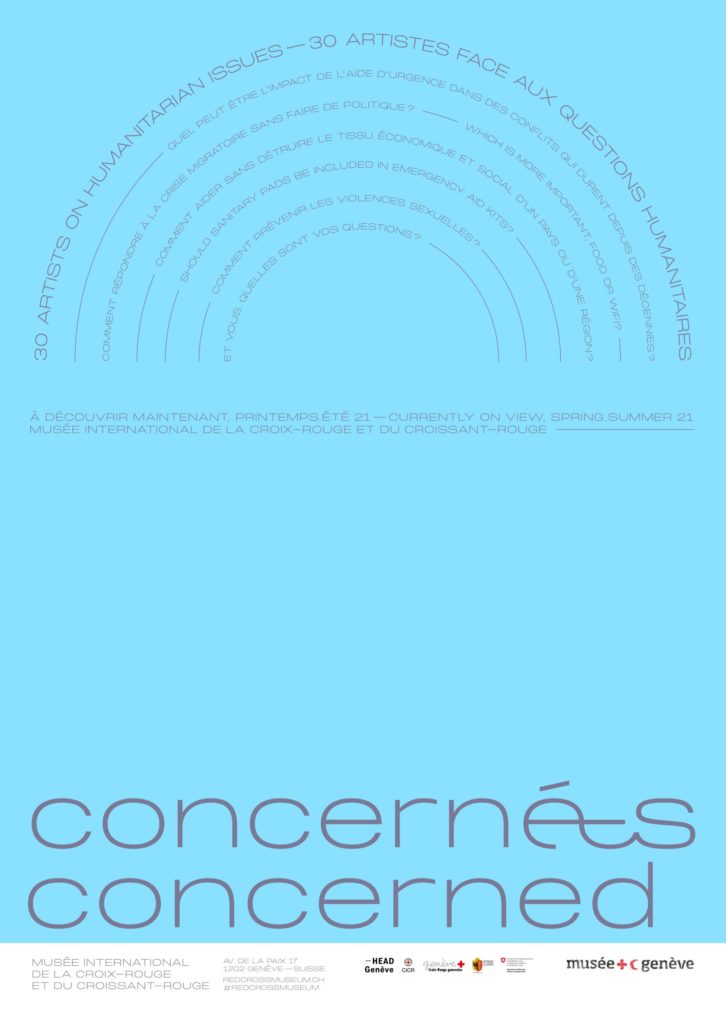The exhibition Wabi-sabi, a word borrowed from Japanese philosophy meaning “beauty of imperfect, impermanent and incomplete things”, sums up the main theme of the exhibition rather well. An unexpected dialogue between ancient objects from the museum’s collection and 30 photographs by Steve McCurry.
Le photographe américain a reçu les prix les plus prestigieux de l’industrie de la photographie et du photo-journalisme, il fait maintenant partie des photographes les plus importants. On lui connait de nombreuses images fortes et particulièrement celui du portrait d’une jeune fille afghane aux grands yeux verts, Sharbat Gula, qui a fait la couverture du National Geographic en 1985 et aujourd’hui ancré dans la mémoire collective.
A great traveler, the photographer Steve McCurry, witness to cultures and lives, likes to choose the details that tell the stories of places and the people who live in them. He knows how to spot imperfect places, weathered by time, to give them back all their splendor. In his pictures, the human dimension is propelled into an unreal beauty that transcends the dilapidation of places.

The staging of the exhibition is very well balanced, each showcase contains a composition made of a photograph placed next to an object that leads to an emotional dialogue. These two works placed side by side become one and the same work, they resemble each other either by their composition or by the color or the shape, it is difficult to know who influenced whom?
The photo of a twisted tree taken in Ethiopia (2014) dialogues with a sword from Burkina Faso. The shapes are so similar that one has to look at each other several times, from the image to the object, and vice versa. This back and forth of the gaze is renewed in front of each window, a real resonance chamber of unpredictable emotions. The photo with two Afghan soldiers in Kabul directs the gaze towards the two large eyes of a mask of the Sumerian civilization, dating from the middle of the third millennium BC, with the feeling that one of the works has influenced the other. The link goes beyond any temporal or geographical logic and comes to life through forms or colors.

The viewer is surprised to invent stories, to live a new aesthetic experience. The juxtapositions between the photos of imperfect things and the objects of a past culture open up parallel spaces whose aesthetic traits are common to all humanity.
Steve McCurry has traveled extensively to “open our eyes in a way that was not possible in his country”, as he puts it. This exhibition, based on the testimony of travels, encounters and objects from the past, will have allowed us to open our eyes and to be amazed by the accuracy of this presentation of two parallel universes that are now one.
Exhibition at the Barbier-Mueller Museum in Geneva
15.12.2020 – 23.08.2021
Works: 30 photographs by Steve McCurry combined with objects from the museum’s collection
Steve McCurry Studios
Concept: Bonnie McCurry V’Soske
In collaboration with: Biba Giacchetti and Sudest 57
Guided tours: see the museum’s website www.barbier-mueller.ch.


